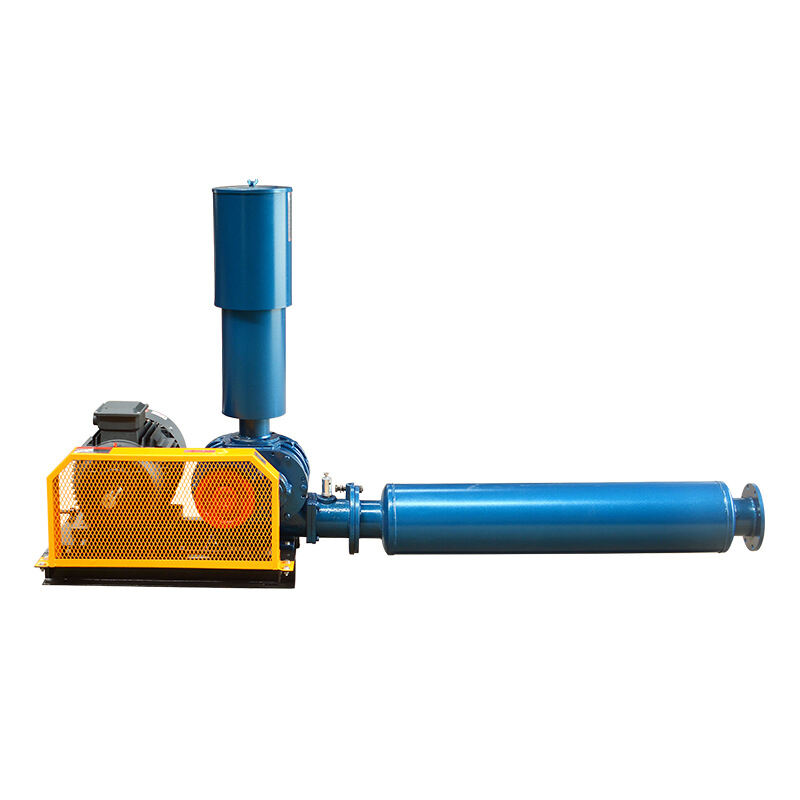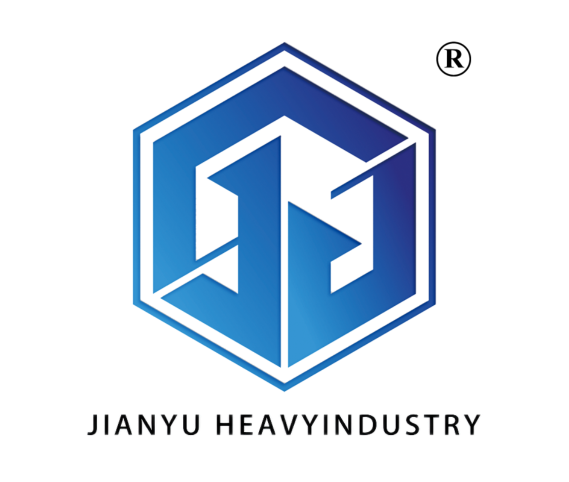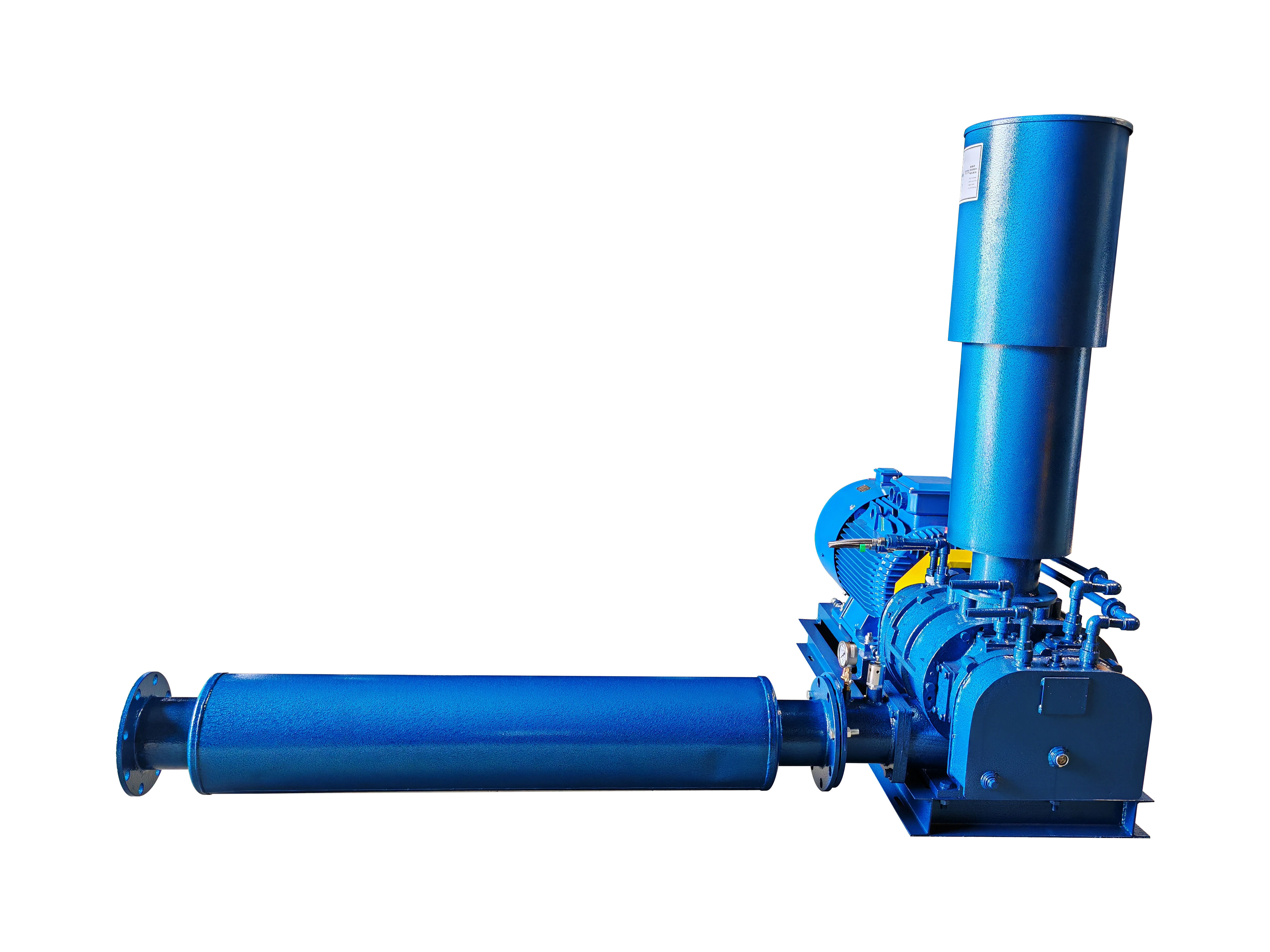Understanding the Revolutionary Impact of Magnetic Levitation Technology in Industrial Air Systems
Industrial facilities have long grappled with the challenge of managing noise pollution from their air handling systems. The magnetic levitation blower represents a groundbreaking solution that's transforming how industries approach air movement and noise control. This innovative technology utilizes magnetic fields to suspend the rotating components, eliminating mechanical contact and revolutionizing the efficiency and sound profile of industrial air systems.
Traditional blower systems rely on mechanical bearings that generate significant noise and require regular maintenance. In contrast, magnetic levitation blowers operate with a fraction of the noise while delivering superior performance. This advancement isn't just an incremental improvement – it's a paradigm shift in industrial air handling technology that addresses multiple operational challenges simultaneously.

The Science Behind Magnetic Levitation in Industrial Blowers
Core Technology and Operating Principles
The magnetic levitation blower operates on the principle of electromagnetic suspension. The rotor shaft is kept floating in a magnetic field, eliminating physical contact between moving parts. This contactless operation is achieved through sophisticated control systems that continuously adjust the magnetic fields to maintain optimal positioning of the rotating assembly.
Advanced sensors and control algorithms work in real-time to ensure stable levitation, even under varying load conditions. This precise control enables the system to maintain optimal performance while significantly reducing operational noise compared to conventional bearing systems.
Benefits of Magnetic Suspension Technology
The implementation of magnetic levitation in industrial blowers delivers multiple advantages beyond noise reduction. Without mechanical contact, there's virtually no wear on components, leading to extended equipment life and reduced maintenance requirements. The absence of friction also results in superior energy efficiency, as less power is lost to heat and mechanical resistance.
Furthermore, the magnetic levitation blower eliminates the need for lubrication systems, reducing both maintenance costs and environmental impact. This oil-free operation makes these systems particularly valuable in sensitive applications where contamination must be avoided.
Noise Reduction Capabilities and Measurements
Comparative Sound Analysis
When measuring the acoustic performance of magnetic levitation blowers, the results are remarkable. Traditional blower systems typically operate at noise levels between 85-95 dBA, while magnetic levitation blowers can achieve levels as low as 65-75 dBA. This reduction of up to 20 decibels represents a significant improvement in workplace acoustics.
The sound profile is also notably different, with magnetic levitation systems producing a smoother, less intrusive noise signature. The elimination of mechanical contact points removes many of the harsh frequencies associated with conventional blowers, creating a more comfortable working environment.
Impact on Workplace Environment
The reduced noise levels achieved by magnetic levitation blower systems have far-reaching effects on industrial workplace conditions. Lower noise exposure helps prevent occupational hearing loss and reduces worker fatigue, potentially leading to improved productivity and job satisfaction. Companies can often reduce or eliminate the need for expensive sound insulation and personal protective equipment.
Additionally, the quieter operation allows for more effective communication on the factory floor, enhancing safety and operational efficiency. This improvement in the acoustic environment can help facilities meet increasingly stringent workplace noise regulations while creating a more pleasant working atmosphere.
Energy Efficiency and Operational Cost Benefits
Power Consumption Optimization
The magnetic levitation blower demonstrates impressive energy efficiency gains compared to conventional systems. The elimination of mechanical friction allows these units to operate with significantly less power input while maintaining the same air flow performance. Studies have shown energy savings of up to 30% in typical industrial applications.
The high-efficiency operation extends beyond direct power consumption. The reduced heat generation and minimal mechanical losses contribute to overall system efficiency, while advanced control systems optimize performance based on actual demand, further reducing energy waste.
Long-term Cost Analysis
While the initial investment in magnetic levitation blower technology may be higher than traditional systems, the long-term financial benefits are substantial. The elimination of mechanical wear components dramatically reduces maintenance costs and downtime. Facilities can expect extended equipment life spans, with some systems operating reliably for over 20 years with minimal maintenance requirements.
The combination of reduced energy consumption, lower maintenance costs, and improved reliability creates a compelling total cost of ownership advantage. Many facilities report complete return on investment within 2-4 years, making magnetic levitation blowers an economically sound choice for industrial air handling applications.
Implementation Considerations and Best Practices
System Integration Guidelines
Successfully implementing a magnetic levitation blower requires careful consideration of system integration factors. The installation should account for proper mounting to minimize vibration transmission, appropriate electrical supply for the control systems, and integration with existing air handling infrastructure. Careful attention to these details ensures optimal performance and maximum noise reduction benefits.
System designers should also consider the specific requirements of their application, including air flow rates, pressure requirements, and environmental conditions. The flexibility of magnetic levitation systems allows for customization to meet diverse industrial needs while maintaining excellent noise control characteristics.
Maintenance and Monitoring Protocols
While magnetic levitation blowers require significantly less maintenance than conventional systems, proper monitoring remains important for optimal performance. Regular inspection of control systems, sensors, and air handling components helps ensure continued efficient operation. Advanced monitoring systems can provide real-time performance data and early warning of potential issues.
Establishing comprehensive maintenance protocols, even with reduced requirements, helps maximize system longevity and maintain optimal noise reduction performance. Staff training in proper operation and basic troubleshooting can further enhance system reliability and effectiveness.
Frequently Asked Questions
What makes magnetic levitation blowers quieter than conventional systems?
Magnetic levitation blowers achieve lower noise levels by eliminating mechanical contact between moving parts. The rotor shaft floats in a magnetic field, removing the friction and vibration associated with traditional bearings, resulting in significantly quieter operation.
How long do magnetic levitation blowers typically last?
With proper maintenance and operation, magnetic levitation blowers can operate reliably for 20 years or more. The absence of mechanical wear components significantly extends the system's lifespan compared to conventional blowers.
Are magnetic levitation blowers suitable for all industrial applications?
While magnetic levitation blowers offer numerous advantages, they may not be optimal for every application. Factors such as required air flow rates, pressure requirements, and environmental conditions should be carefully evaluated. However, their versatility makes them suitable for a wide range of industrial uses where noise reduction is a priority.
Table of Contents
- Understanding the Revolutionary Impact of Magnetic Levitation Technology in Industrial Air Systems
- The Science Behind Magnetic Levitation in Industrial Blowers
- Noise Reduction Capabilities and Measurements
- Energy Efficiency and Operational Cost Benefits
- Implementation Considerations and Best Practices
- Frequently Asked Questions

